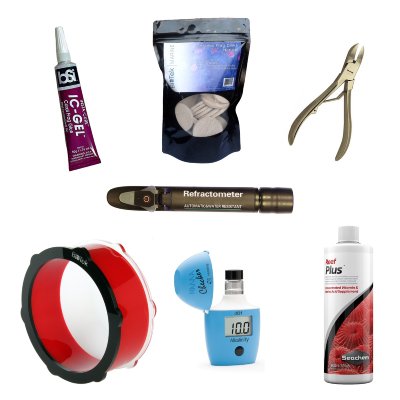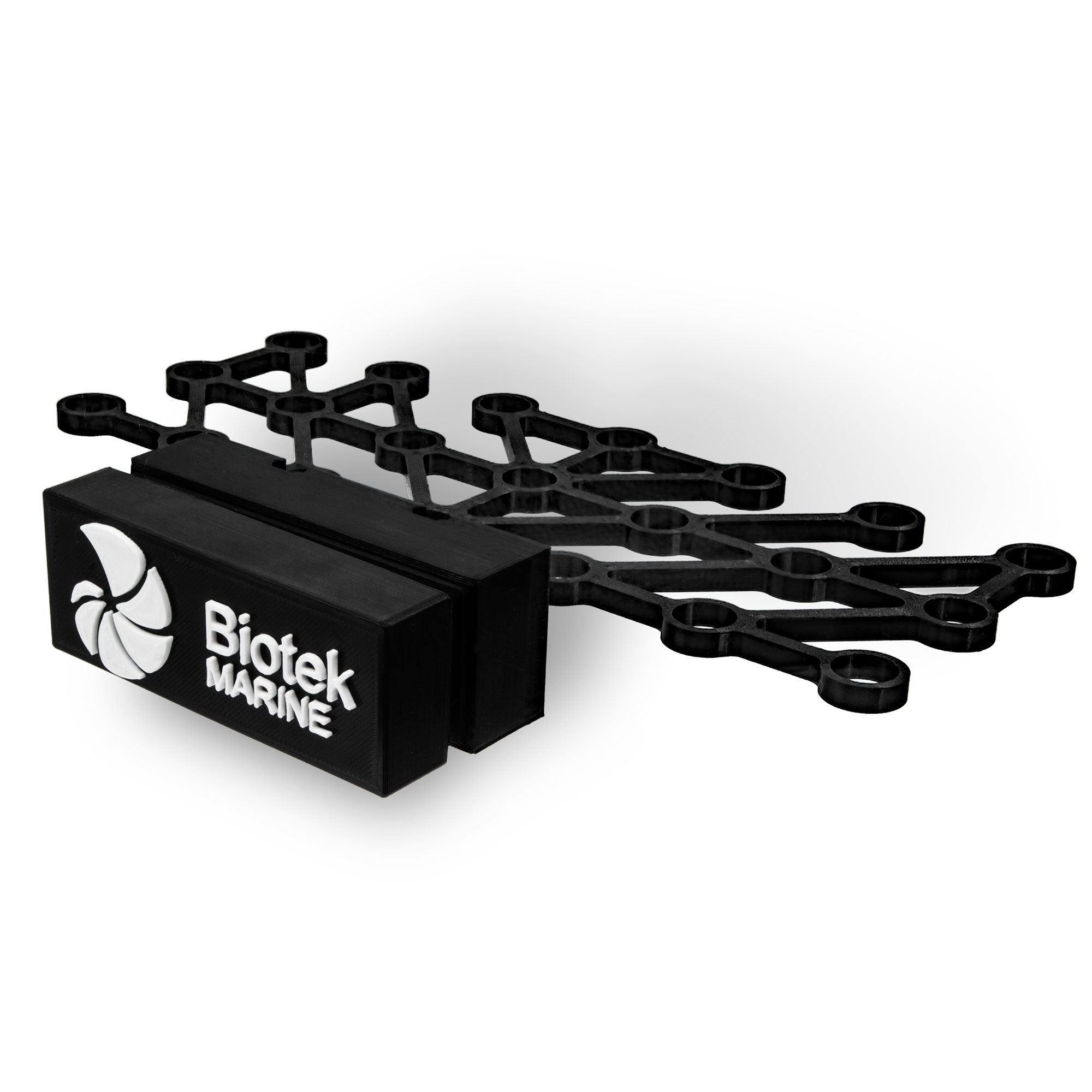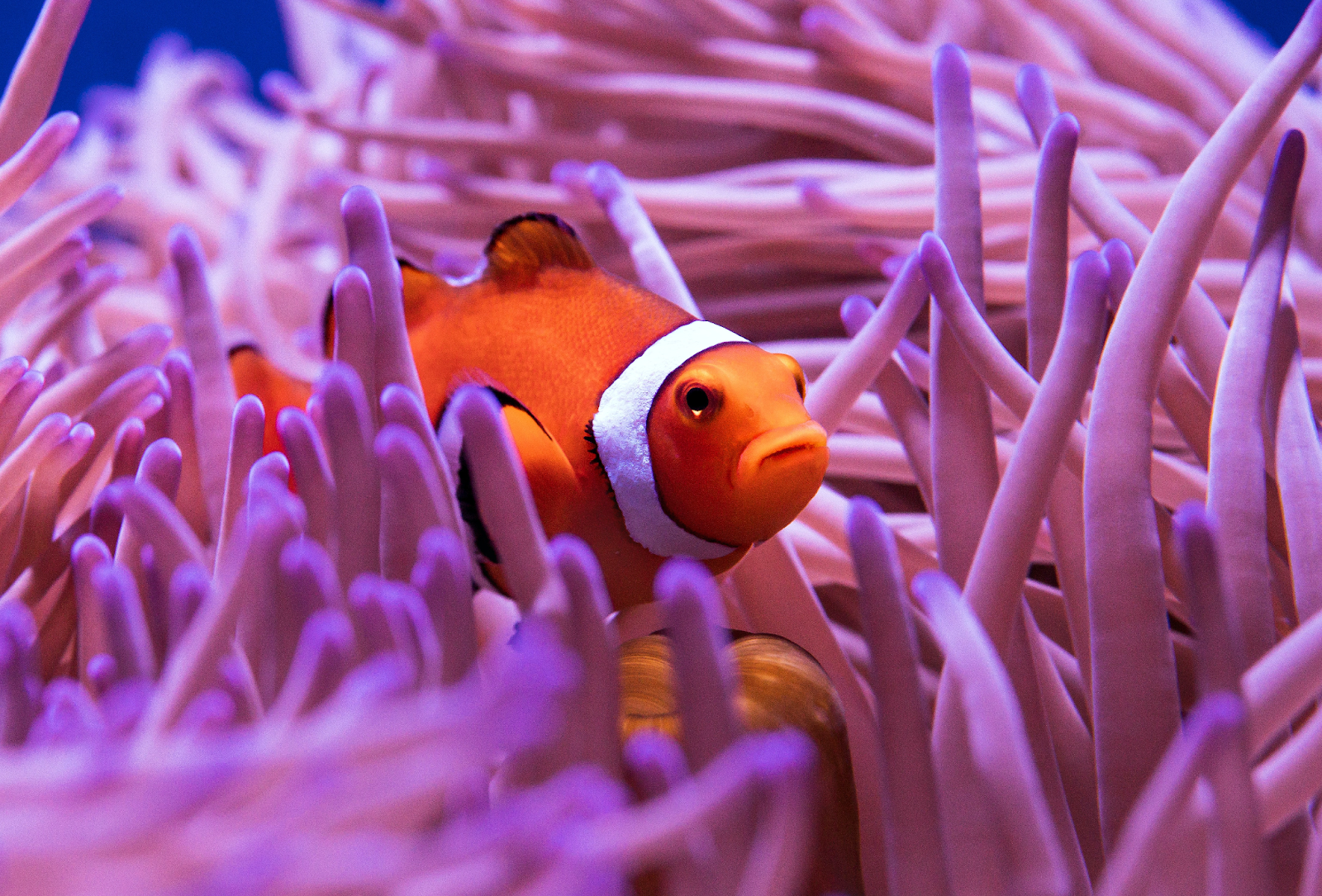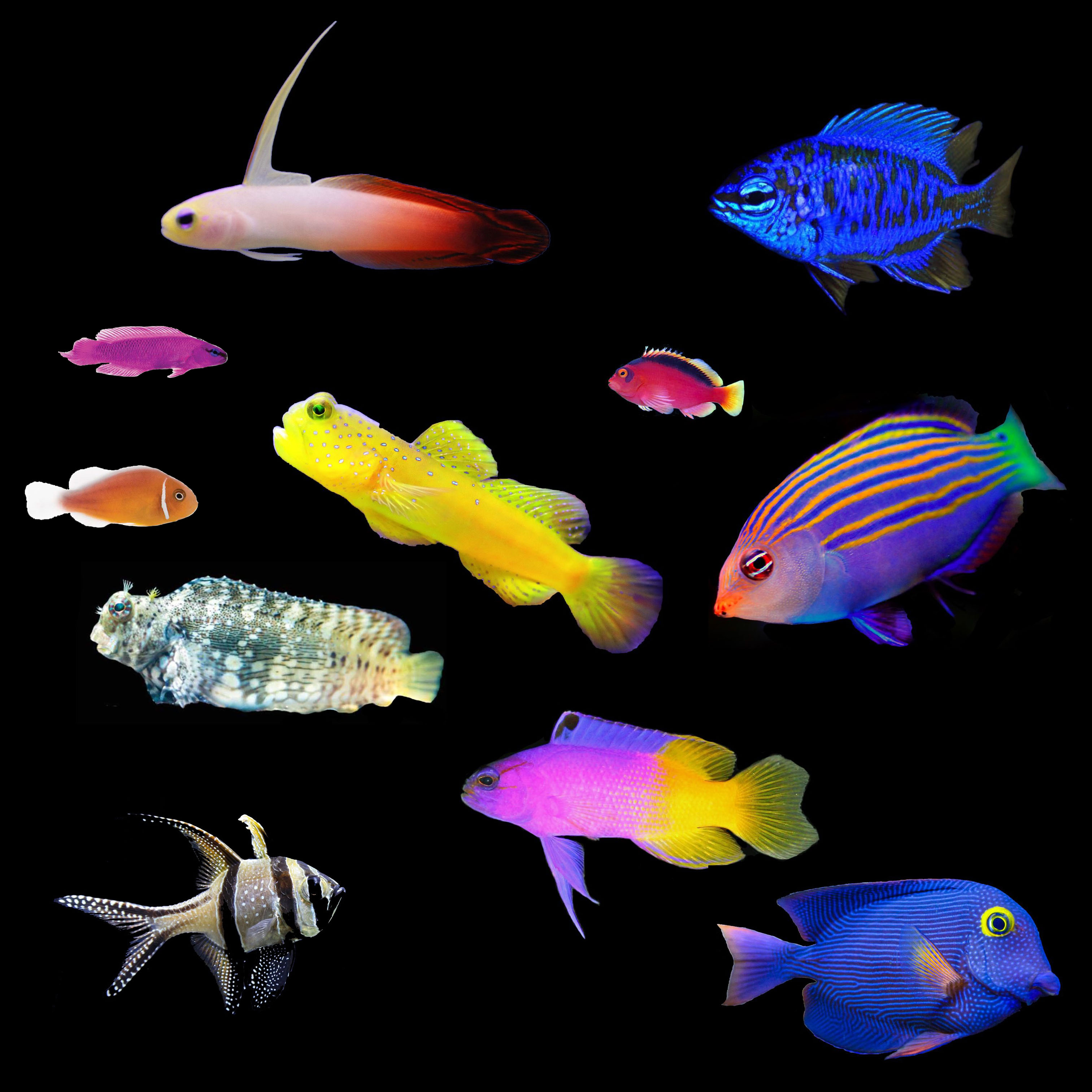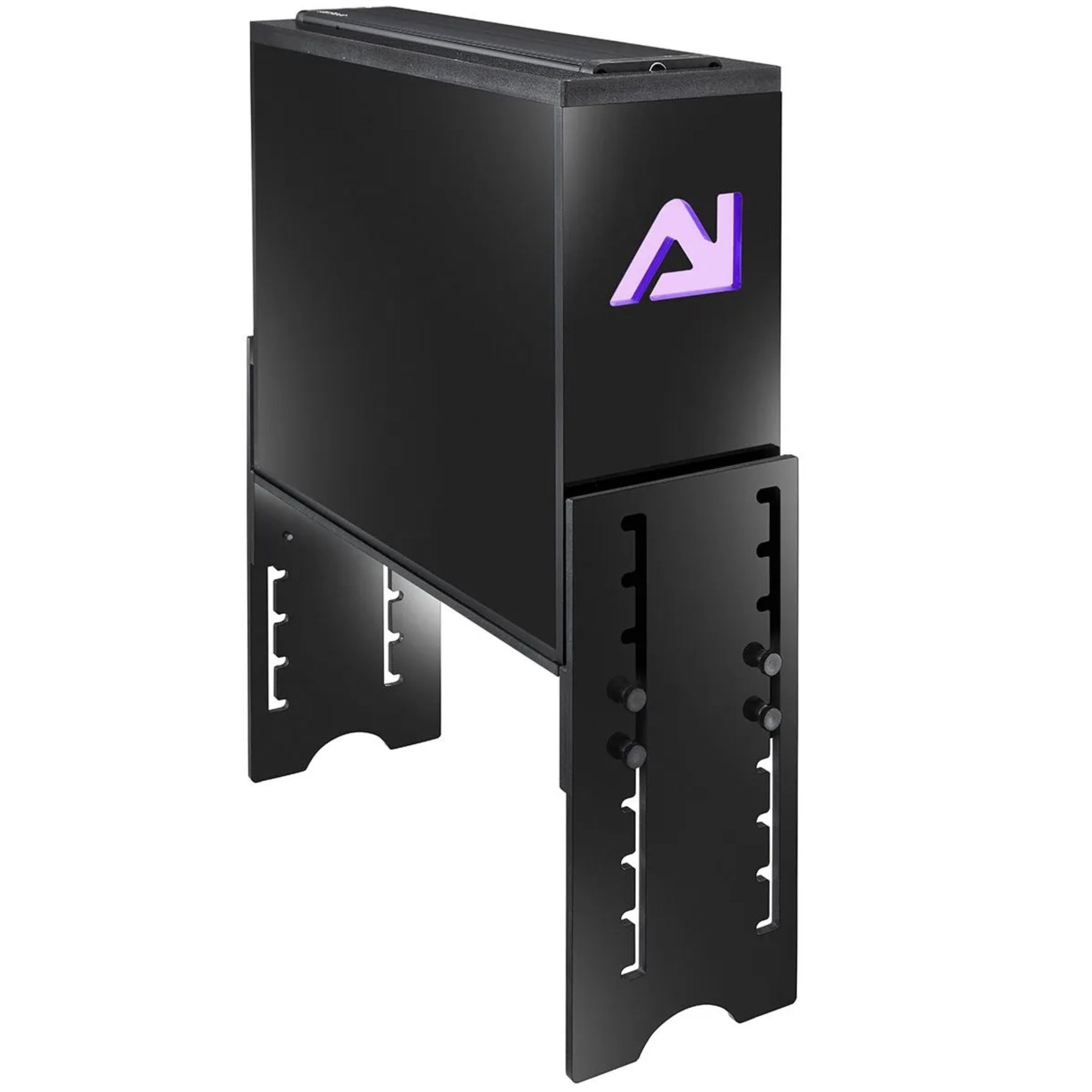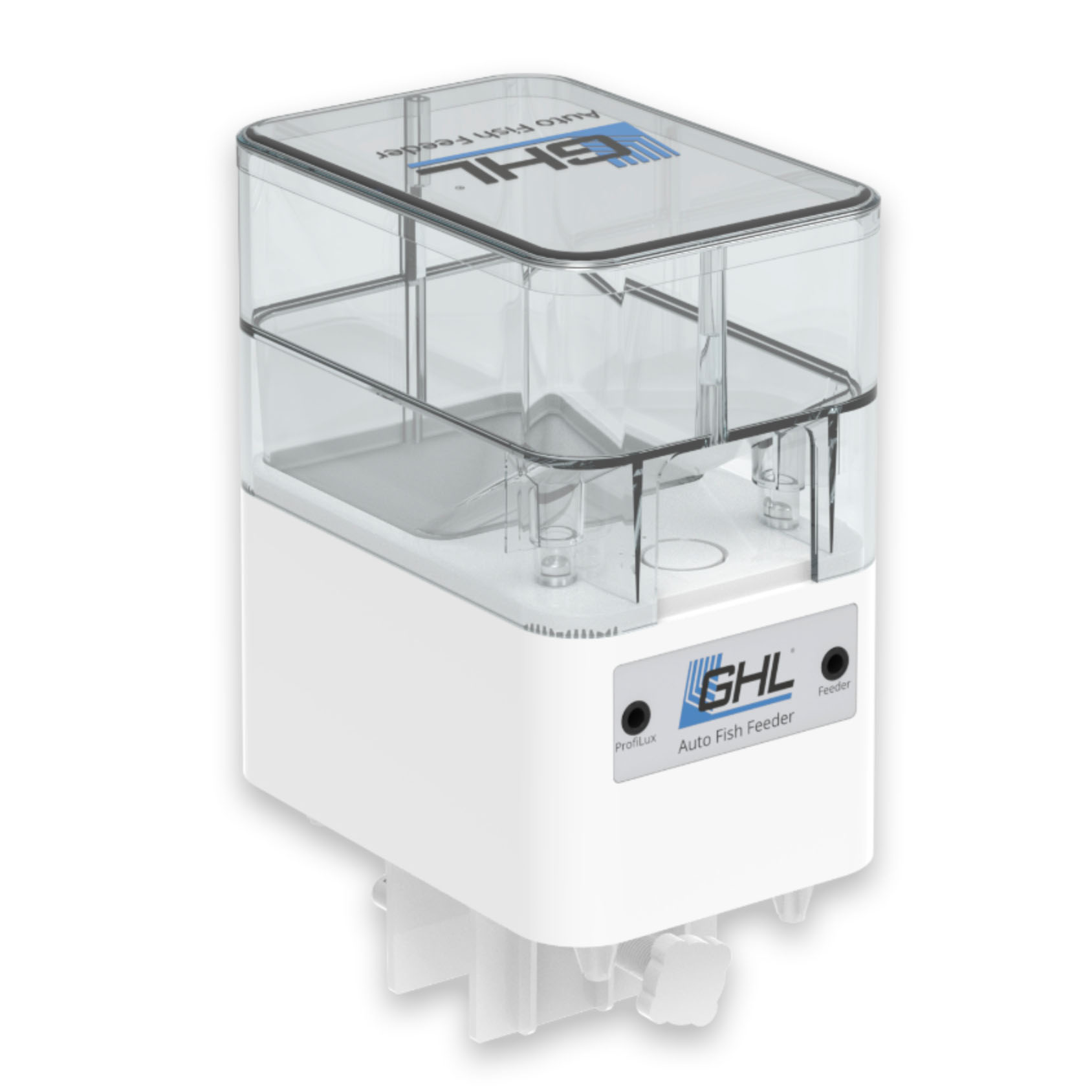We use cookies to make your experience better. To comply with the new e-Privacy directive, we need to ask for your consent to set the cookies. Learn more.
Phosphate in a Reef Aquarium: Understanding Safe Levels and Management
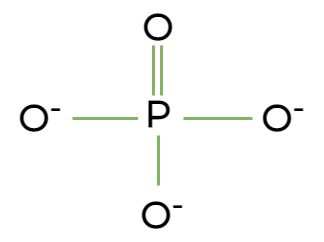
Phosphate (PO4) is an essential element in reef aquariums, playing a critical role in the health of corals and other marine life. However, maintaining the correct phosphate levels is crucial, as both low and high phosphate concentrations can have detrimental effects on your reef ecosystem. This article will discuss safe phosphate levels, how to manage them, and how phosphate impacts different coral types like SPS, LPS, and soft corals.
What Are Safe Phosphate Levels in a Reef Aquarium?
Phosphate is a natural component of the marine environment, but in a reef aquarium, it needs to be carefully managed. Safe phosphate levels typically range between 0.02 ppm and 0.1 ppm. This range ensures that corals receive the benefits of phosphate without the negative consequences of excess PO4.
- 0.02 ppm - 0.05 ppm: Ideal for most SPS (Small Polyp Stony) corals. SPS corals are particularly sensitive to elevated phosphate levels, which can inhibit calcification and slow down growth.
- 0.05 ppm - 0.1 ppm: Suitable for LPS (Large Polyp Stony) corals and soft corals. These corals are more tolerant of phosphate, and maintaining a level within this range can support their growth and coloration.
Why Some Phosphate Is Good
Phosphate, in trace amounts, is essential for coral growth. It is a critical component of cellular processes, including energy transfer and skeletal formation in corals. Without sufficient phosphate, corals may suffer from stunted growth and poor health. However, excessive phosphate can lead to issues like algae overgrowth, which competes with corals for light and nutrients.
How Phosphate Affects Different Coral Types
- SPS Corals: These corals thrive in low-nutrient environments and are highly sensitive to elevated phosphate levels. High PO4 can reduce calcification rates, resulting in weaker skeletons and slower growth.
- LPS Corals: LPS corals are more adaptable to higher phosphate levels than SPS corals. However, too much phosphate can still lead to browning of tissues and reduced growth rates.
- Soft Corals: Soft corals are the most tolerant of higher phosphate levels. They can even benefit from slightly elevated PO4, as it supports their growth and enhances coloration.
Testing for Phosphate in Your Reef Aquarium
Accurate testing is vital for maintaining safe phosphate levels. There are several methods available, each with its own advantages.
-
Titration Test Kit:
- Titration kits are widely available and offer a simple way to measure phosphate levels. They involve adding a reagent to a water sample until a color change indicates the concentration of phosphate. While not the most precise method, titration kits are affordable and easy to use for regular monitoring.
-
Hanna Phosphate Checker:
- The Hanna Phosphate Checker is a digital colorimeter that provides more accurate readings compared to titration kits. It measures phosphate levels by analyzing the color intensity of a reagent added to the water sample. This method offers high precision and is user-friendly, making it a popular choice for hobbyists. Hanna Phosphate checkers are available in Ultra Low (HI774) Range, Low Range (HI713) and High Range (HI717) models.
-
ICP Test (Inductively Coupled Plasma):
- ICP testing is the most advanced and accurate method for measuring phosphate levels. It involves sending a water sample to a specialized laboratory, where it is analyzed using sophisticated equipment. ICP tests provide a comprehensive analysis of various elements, including phosphate, but they are more expensive and less practical for frequent testing
4. Aquarium Controller Testing: Testing for Po4 and other parameters can be automated using advanced water testing aquarium controllers from Neptune Systems, Hydros, Focustronic & GHL. Form more information on these devices please visit our aquarium controller pages. These automated water testing units will measure alkalinity, calcium, magnesium, phosphate, nitrate and other parameters that are vital for advanced reef aquarium setups.
Automated Water Testing Devices:
- Neptune Systems Trident
- Hydros Maven
- Focustronic Aquatronic
- Focustronic Mastertronic
- GHL Ion Director
- GHL KH Director
Managing Phosphate Levels in Your Reef Aquarium
Maintaining the correct phosphate levels requires careful management, as both high and low PO4 levels can harm your reef.
How to Reduce Phosphate Levels:
- Protein Skimmers: Efficient protein skimming can remove organic waste before it breaks down into phosphate. See our article on protein skimmers.
- Phosphate Absorbers: Products like GFO (Granular Ferric Oxide) can be used in reactors to bind and remove phosphate from the water. In addition to GFO media, other liquid products are also available from Quantum USA and others.
- Regular Water Changes: Frequent water changes dilute phosphate levels, keeping them in check.
- Controlling Feeding: Overfeeding can lead to excessive phosphate buildup. Adjust feeding routines to minimize waste. Also it is good to know how much phospate is contained in the foods you are feeding to your corals and fish. Some foods contain little to no phoshates while others have higher levels of PO4. Foods like Benepets food contain probiotic bacteria that help balance and stabilize nutrient levels in the aquarium.
How to Increase Phosphate Levels:
- Phosphate Additives: In cases where phosphate levels are too low, specific additives can be used to increase PO4 levels.
- Reduced Skimming: Temporarily reducing skimming or using a less aggressive skimmer can allow phosphate levels to rise slightly.
- Feeding More: Increasing the amount of food or using foods rich in phosphate can help raise PO4 levels if they are too low.
Conclusion
Phosphate management is a critical aspect of reef aquarium maintenance. Keeping phosphate levels within the safe range of 0.02 ppm to 0.1 ppm ensures that your corals can thrive without the risks associated with both high and low PO4. Regular testing using titration kits, Hanna checkers, or ICP tests is essential for monitoring and adjusting phosphate levels as needed. By understanding the role of phosphate and how it affects different types of corals, you can create a healthy and vibrant reef environment.
Maintaining proper phosphate levels is key to ensuring the health of your reef aquarium, supporting coral growth, and preventing algae overgrowth.




